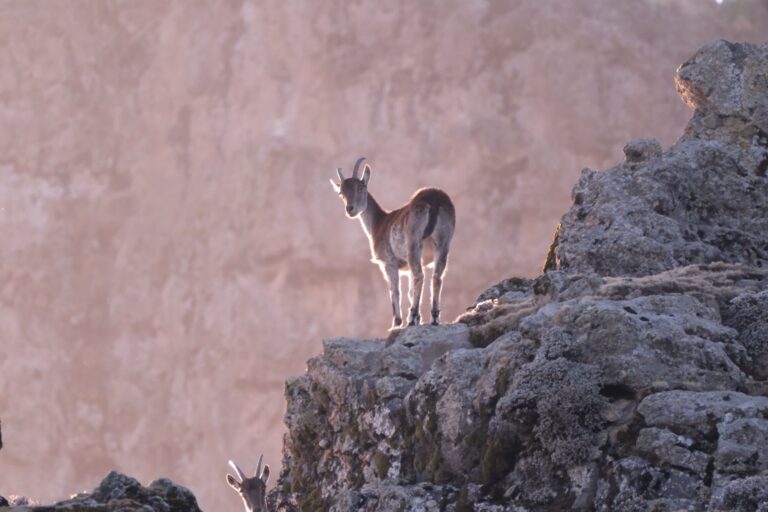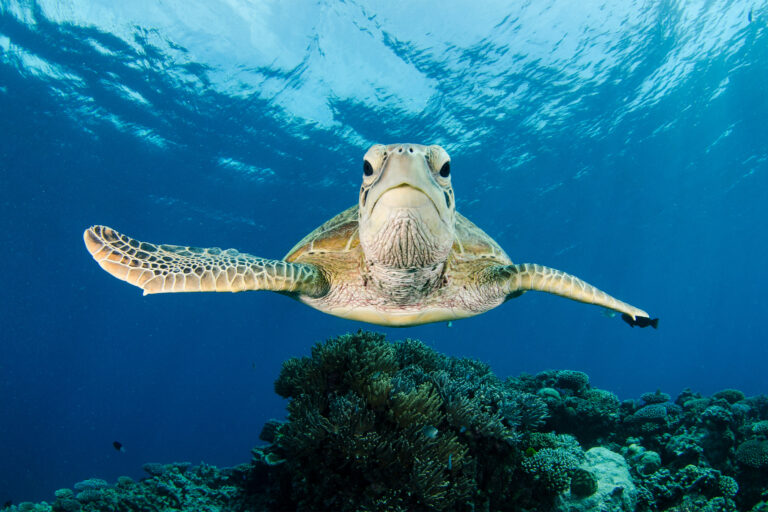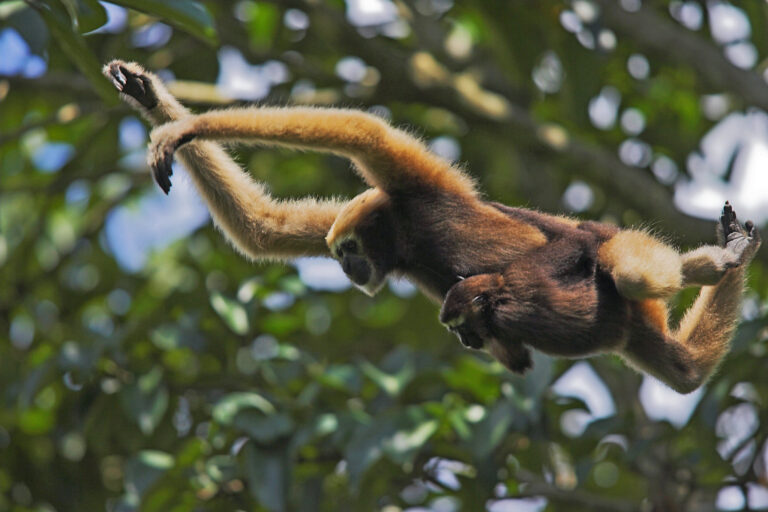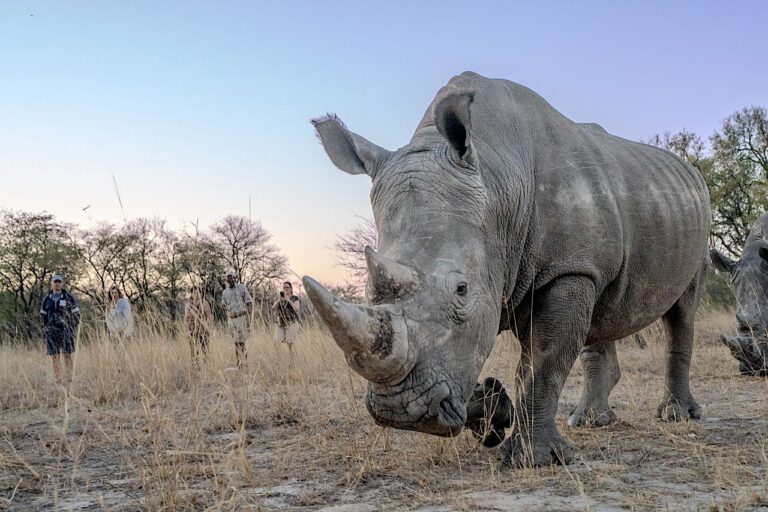The Walia ibex, an iconic wild goat species found only on the steep, ragged cliffs of the Simien Mountains in northern Ethiopia, has sharply declined in number over the past decade, according to a recent study.
This puts the Walia ibex (Capra walie), now largely confined to Simien Mountains National Park, a UNESCO World Heritage Site, on the brink of extinction once again.
Researchers counted the ibex’s population in the park in 2015, then annually from 2019-2024, and found a troubling trend: its numbers fell from 865 individuals in 2015 to around 650 from 2019-2021, and just 306 in 2024.
In 2023 and 2024, there were fewer than 250 mature individuals (those that can reproduce). This fulfills one of the criteria that warrants listing as critically endangered on the IUCN Red List, a global database that assesses the conservation status of species.
The Walia ibex’s conservation status has seesawed over the years. It was categorized as endangered in 1986, before worsening to critically endangered in 1996, then back to endangered in 2008.
In 2020, the species was moved to the even lower threat category of vulnerable. The positive outlook for the ibex then was based on population increases noted from about 680 individuals in 2009 to around 850 in 2012 in previous surveys. Projecting the trend to the future, researchers wrote in the IUCN assessment that the 2020 population might be more than 975 individuals.
But the 2020 vulnerable listing was disputed and the projected population it was based on was already outdated by then, according to Paul Scholte, lead author of the new study and senior adviser to the Ethiopian Wildlife Conservation Authority. He told Mongabay by email that the recategorization may also have affected public awareness about the state of the species.

To understand why ibex numbers may have declined so severely in the past decade, Scholte and his colleagues interviewed nearly 200 people, including park personnel, local authorities and village residents. Two key reasons that emerged from the conversations were the double whammy of the COVID-19 pandemic and the 2021-2022 Tigray war over governance, waged between the Ethiopian government and the Tigray People’s Liberation Front.
Instability from the war made it difficult for park authorities to ensure optimal protection inside the park, Scholte said. Furthermore, reduced income from tourism during the pandemic and the war may have “eroded the previously positive relationship between communities and Park authorities,” the authors write. Both likely opened the door to poaching: park rangers found evidence of snares and animal carcasses in 2023 and 2024.
The researchers now recommend re-listing the species as critically endangered on the IUCN Red List, and continuing annual population surveys and building a database of individually recognized ibexes. Meanwhile, the team is preparing a species action plan that aims to mobilize the local community to support Walia ibex conservation.
Banner image of a male Walia ibex in Ethiopia, courtesy of Paul Scholte.














